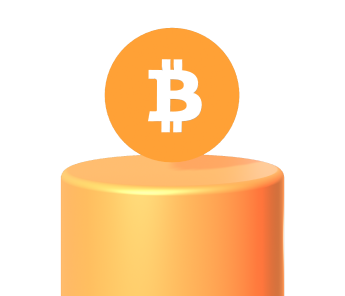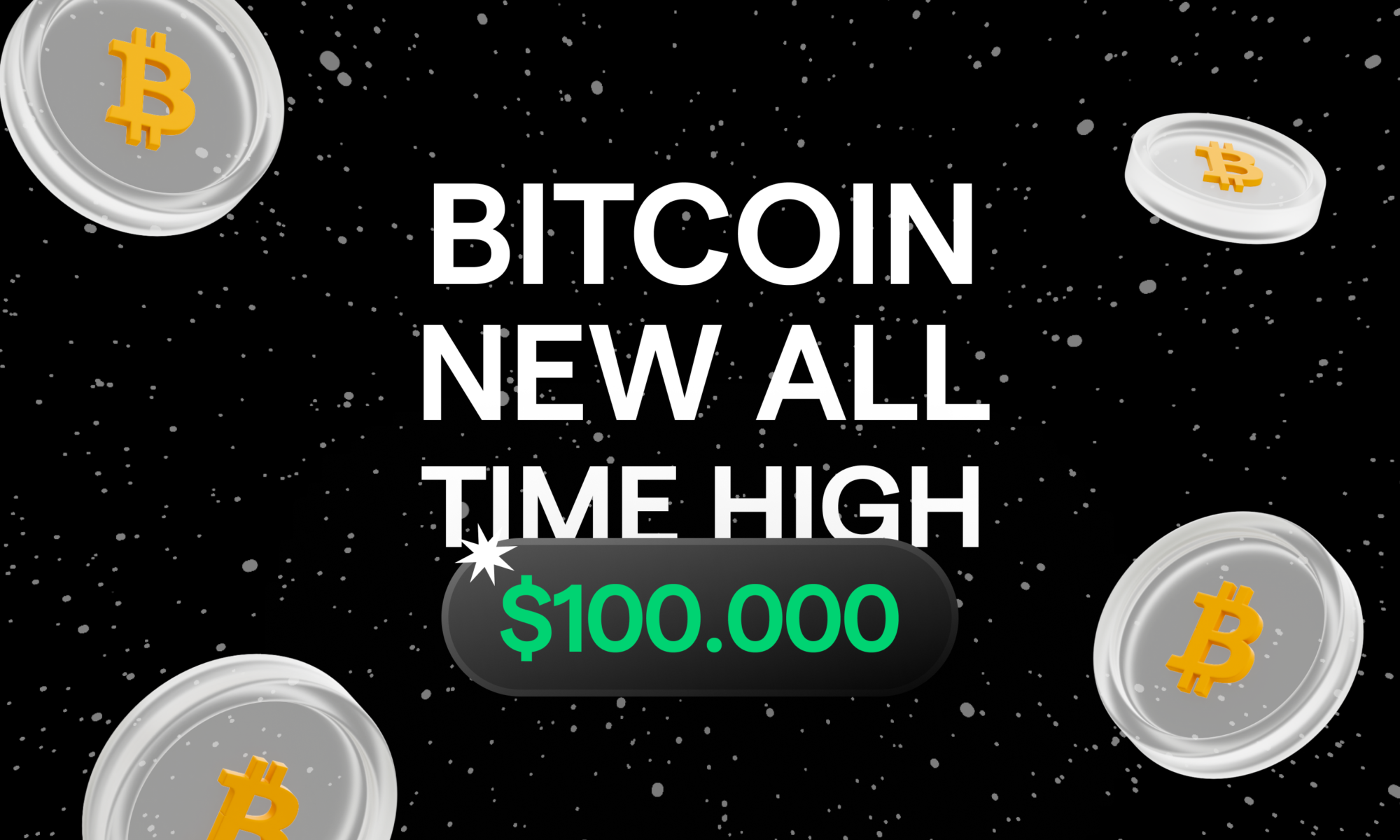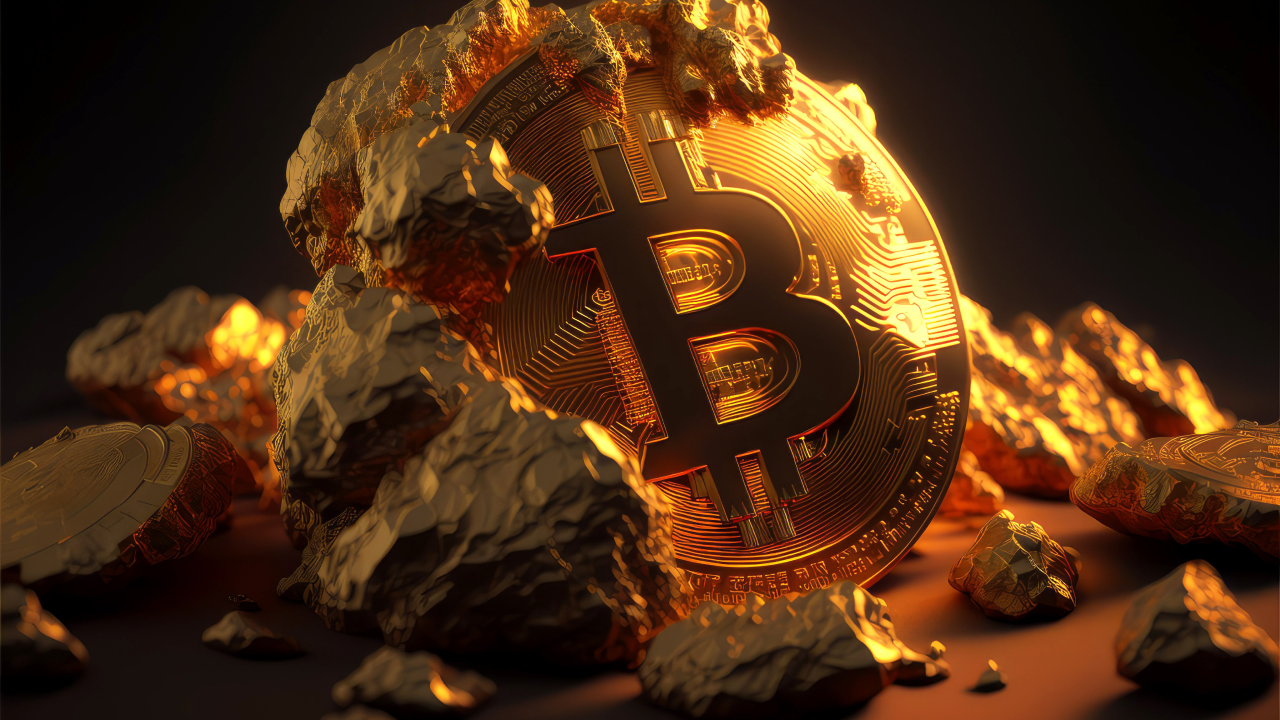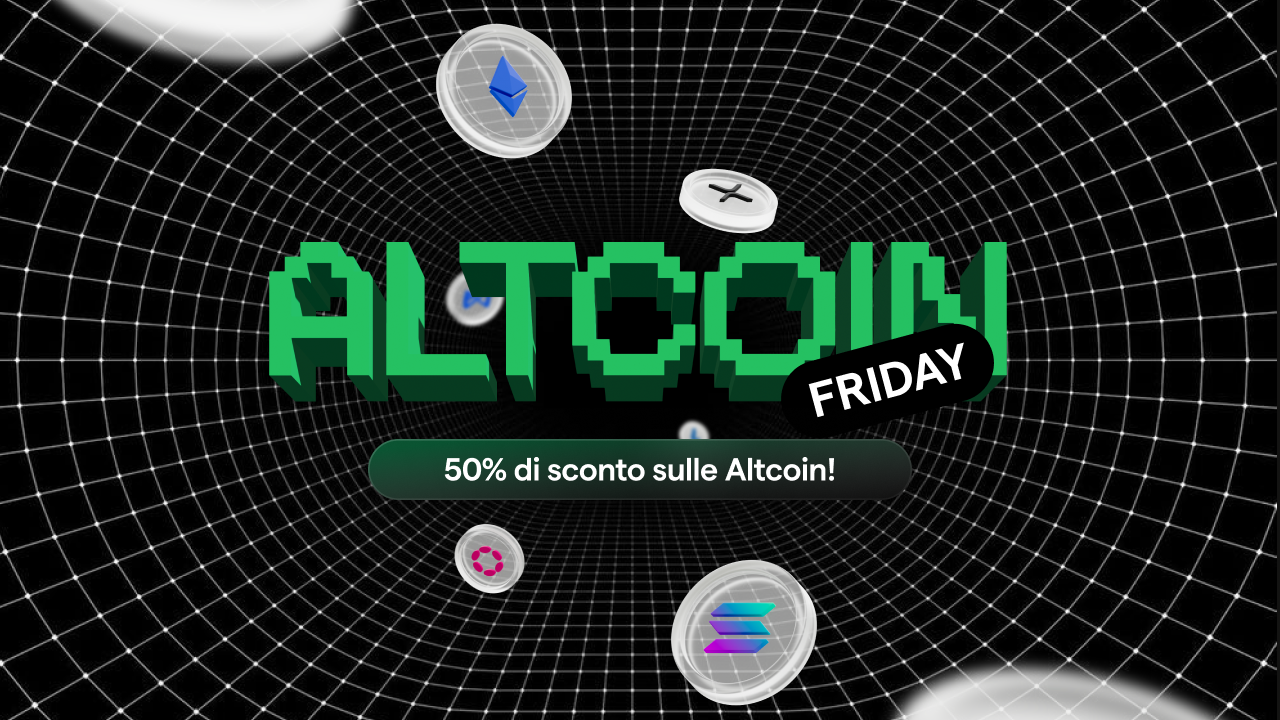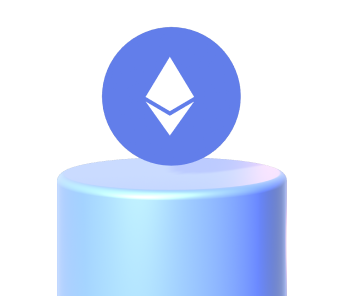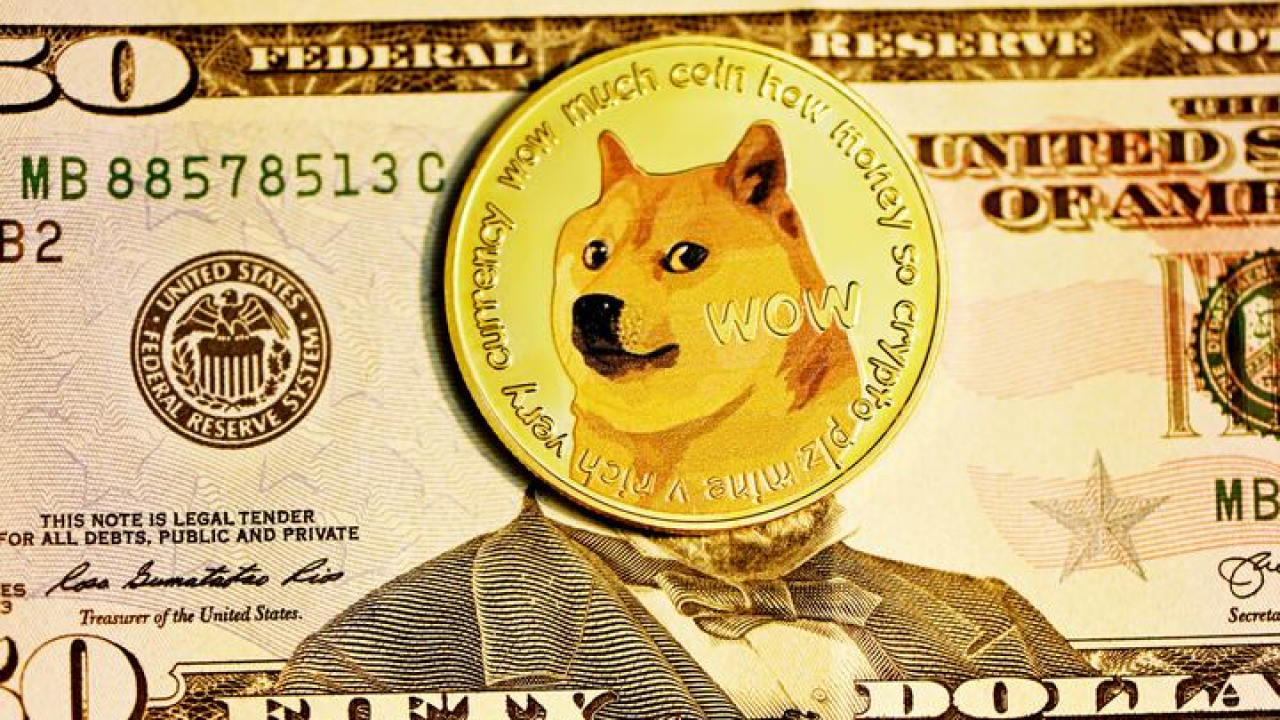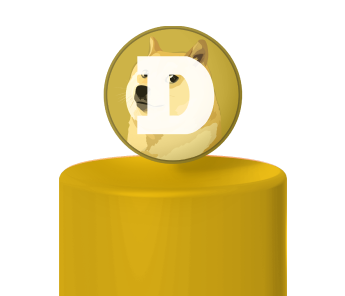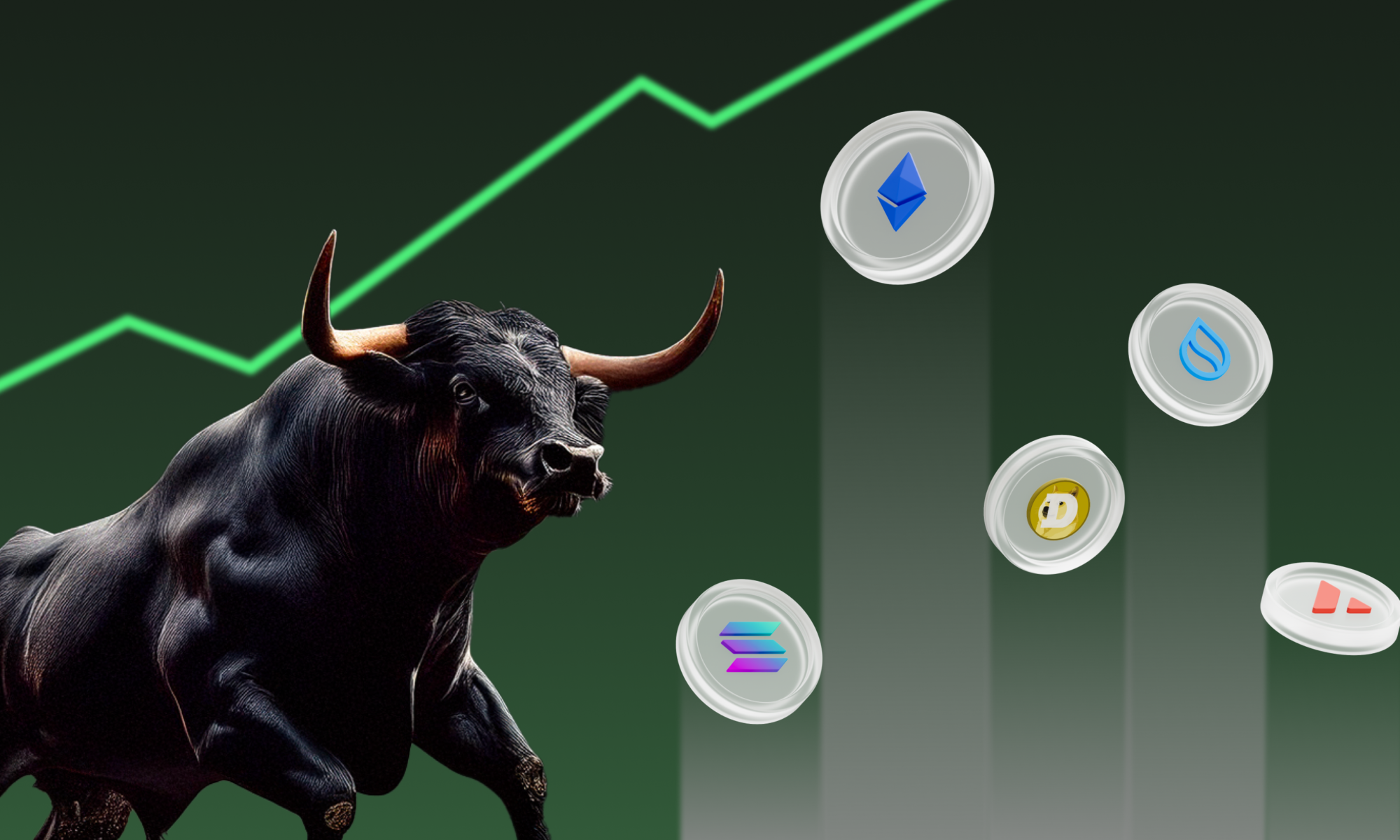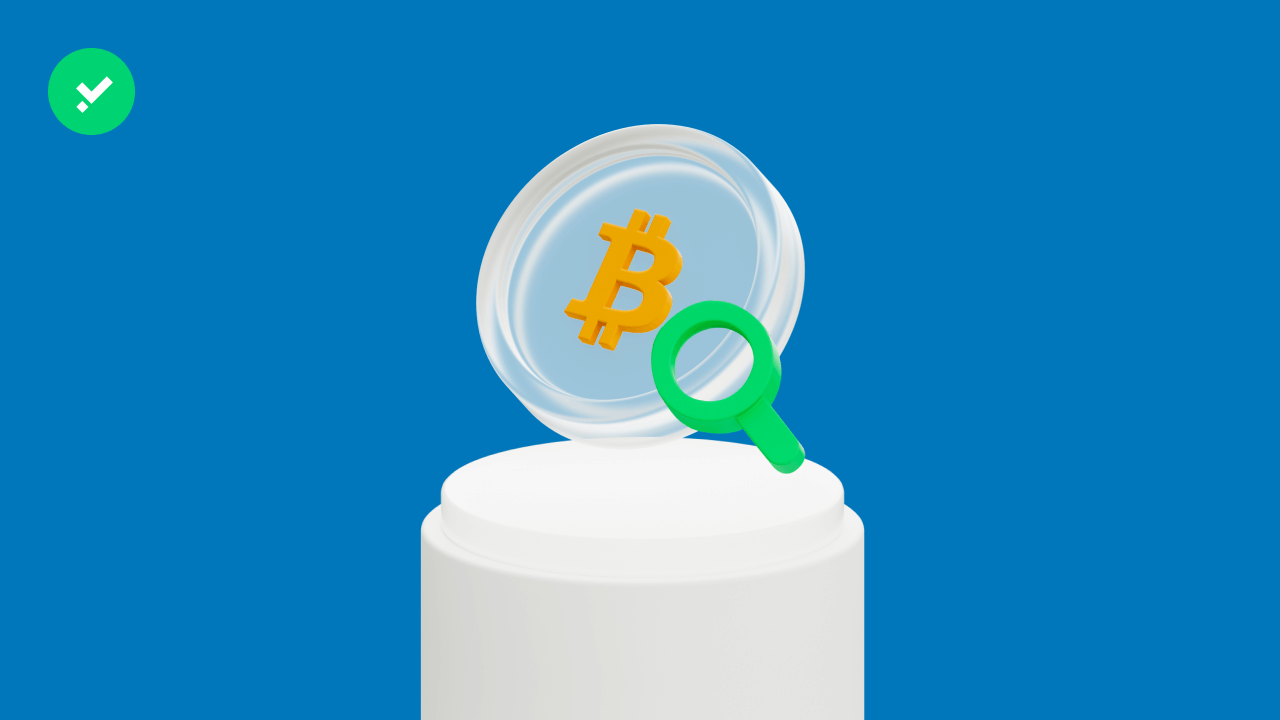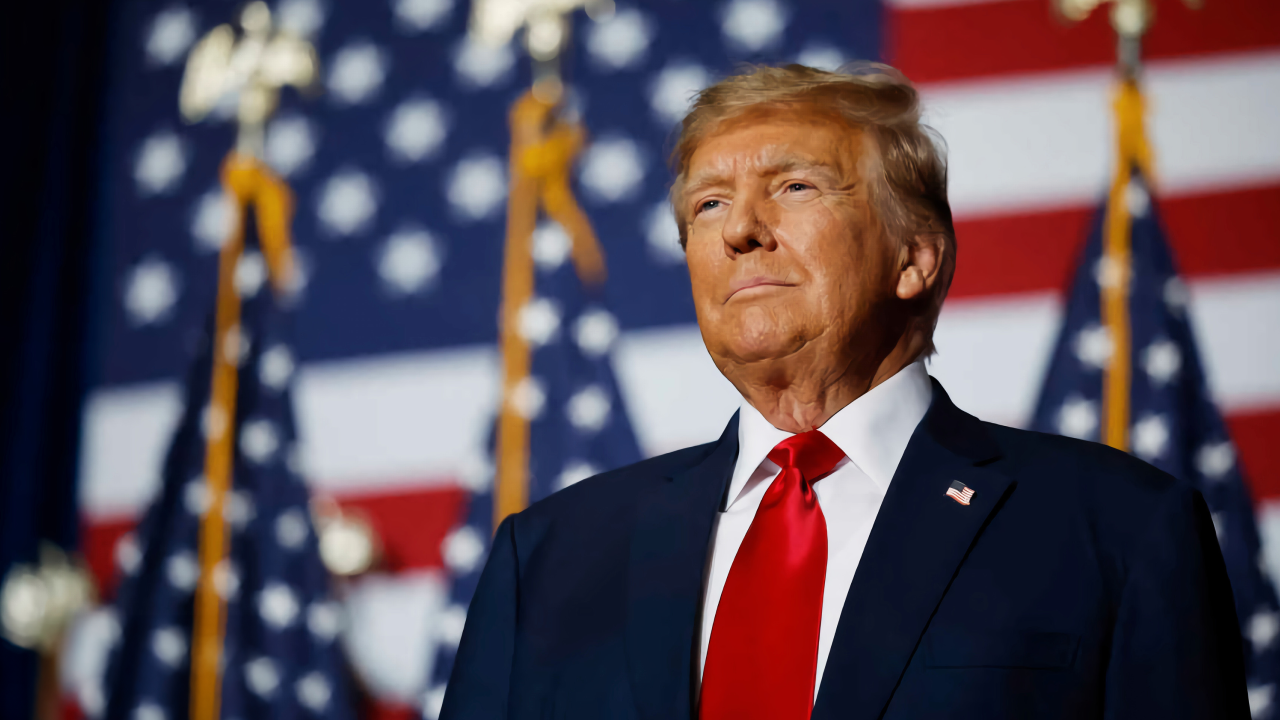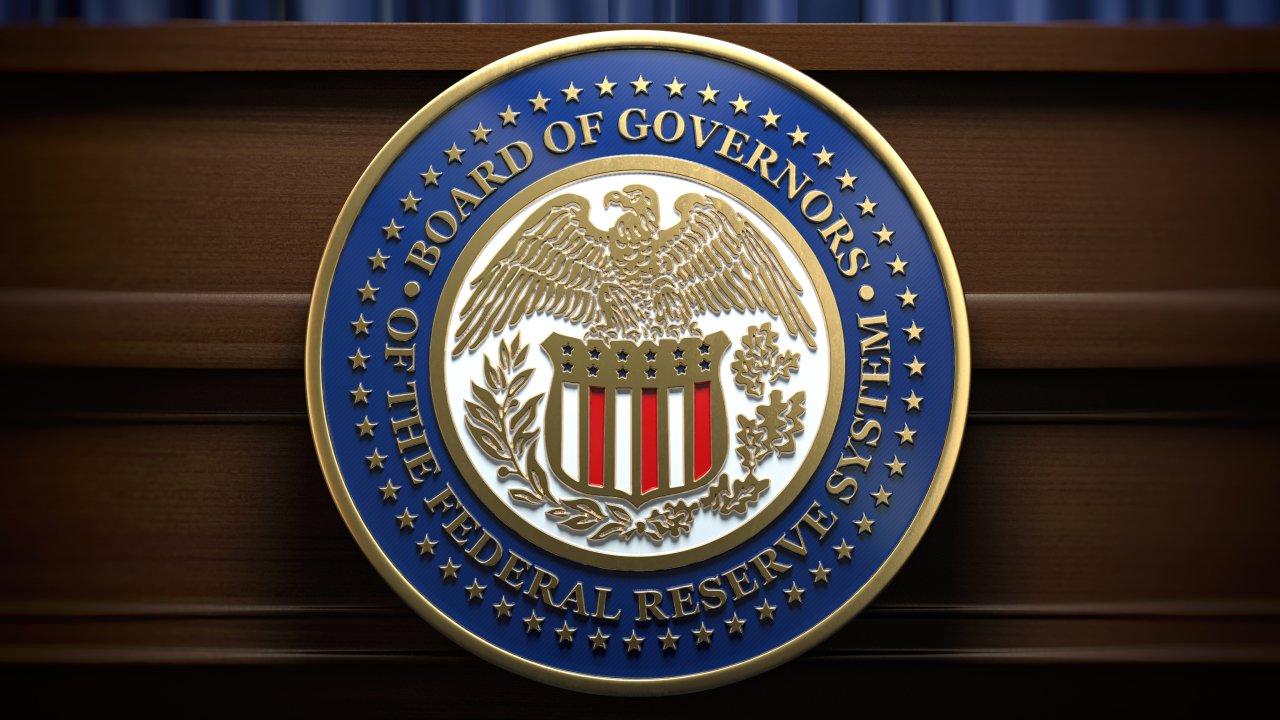The price of Bitcoin has surpassed $100,000, a historic milestone that was unreachable for many until a few years ago. How far can it go?
It happened! This morning, the price of Bitcoin surpassed $100,000. BTC managed to break the resistance most coveted by crypto investors in only two attempts. The first, which was unsuccessful, was made on 22 November.
Of course, the achievement of this very important milestone has sparked euphoria among enthusiasts who have been and are still celebrating the event. Find out how Bitcoin reached $100,000 and the cryptocurrency’s next price target.
Bitcoin price at $100,000: how did it get there?
Bitcoin’s price reached and surpassed $100,000 in a sprint. Until Monday, its price was orbiting the $96,000 zone, and after the first attempt to break through, the only resistance on its chart had failed. Then yesterday, after an unexciting first part of the day, BTC suddenly woke up, recording two consecutive +3% movements, the first from 17:00 to 21:00 and the second from 21:00 to 24:00. (Italian time). But it was from 1:00 a.m. onwards that Bitcoin exploded to the upside. It scored a massive +5% in about four hours, touching the $104,000 level.
Buy Bitcoin!
We take the opportunity to sum up this incredible milestone in the last 30 days, as Bitcoin’s explosive price movement started precisely one month ago, after Donald Trump’s victory in the US presidential election. In this period, the price of Bitcoin has risen by $35,000. Never before had Bitcoin seen such a significant increase in monetary terms in a single month.
After its price surpassed $100,000, Bitcoin entered another order of magnitude, which, as those familiar with mathematics will know, is measured in powers of ten. It has been exactly seven years since this last happened, as BTC surpassed $10,000 on 29 November 2017.
What caused the latest Bitcoin price movement?
It is difficult to answer this question in the very short term, i.e. tonight’s price increase. At the same time, it is much easier to understand the logic that has made Bitcoin shine since January 2024. The approval of spot ETFs, which recorded $556 million in inflow yesterday, was the first spark that started this bull market cycle. Today, financial instruments issued by US investment funds hold about 1.1 million BTC or 5.5 per cent of its circulating supply.
Then, after several months of laterality, came the second major catalyst: the election of Donald Trump. If we stopped here, it would seem, especially if we focus only on the second event mentioned, that political events manipulated the price of Bitcoin. In reality, BTC has risen thanks to the endorsement of the future president and, above all, to the change in global attitudes towards him. Certainly, however, the election of a pro-crypto US president helped crypto supporters within institutions and governments to emerge.
In a few weeks, many countries other than the United States have declared that they want to integrate Bitcoin into their central banks as a reserve asset. The same can be said of some states or regions that want to use it as an inflation hedge within pension funds or investment funds.
In short, the future looks brighter than ever for Bitcoin and the cryptocurrency world. Although, after tonight, crypto enthusiasts need to find another shared goal. Since we’ve been talking orders of magnitude, why not take the million-dollar threshold as a reference? Surely, it will take time, but if there is one thing Bitcoin has proved, nothing is impossible. On the other hand, VanEck, one of the world’s leading crypto investment funds, expects the price of Bitcoin to exceed $2 million by 2050.
